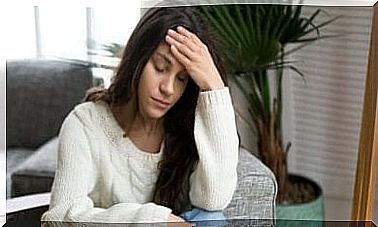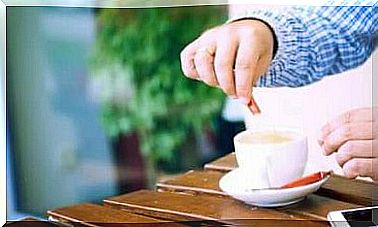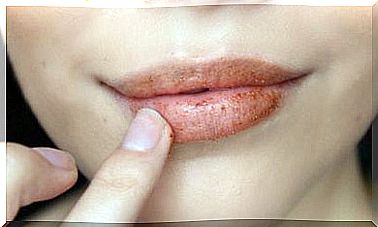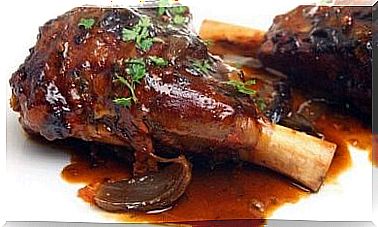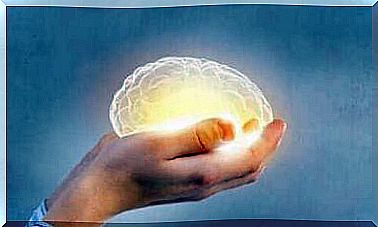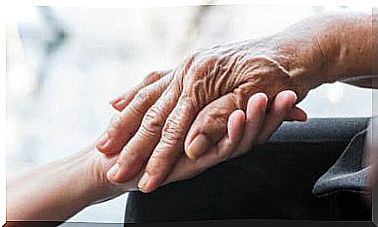Blue: What Does It Mean In Psychology?
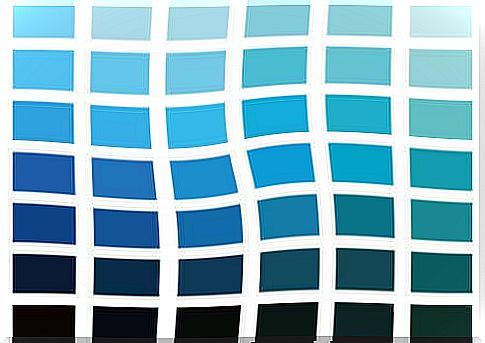
The color blue is popular with the greatest number of people thanks to its positive properties. Learn the most popular meanings of blue in psychological terms.
Did you know that color affects our mental and emotional state? True, each shade can cause different sensations, even completely opposite ones. By reading today’s article, you will learn about the different states that the color blue can cause, according to the assumptions of psychology .
The sociologist and psychologist Eva Heller, a specialist in color psychology, found that blue is often a favorite color of many people. It’s hard to find someone who doesn’t like him! This is because we subconsciously associate it with various positive qualities such as trust, loyalty, affection, calmness and rationality.
Let’s take a closer look at its meaning.
What does blue mean in psychology?
Blue is often associated with water (especially the sea) and sky. Associations with these places give it a symbolism of tranquility and peace, especially if the color is bright, for example blue.
It is also one of the colors most often associated with the ability to control. It also often communicates qualities such as tolerance, introspection, and understanding.
In addition, it is also associated with trust, concern for others, credibility, strength, seriousness, creativity, physical energy, kindness and technological development.
These positive qualities lead many organizations to choose to use the color blue to communicate them. It is worth paying attention to the following issues:
- The uniforms of the security forces inspire confidence and seriousness.
- In political campaigns, blue conveys authority, credibility and peace.
- Banks, insurance and pharmaceutical companies try to build a feeling of confidence, trust and care.
- In marketing, blue is supposed to translate into consumer purchases.
Experts have found that the color blue is perfect for promoting dietary products or decorating the kitchen as it helps us feel less hungry and therefore eat less. This is because this color is found in unusual foods.
It’s also worth noting that it’s also associated with negative traits like sadness, melancholy, and nostalgia. They may arise as opposed to warm colors.
According to color psychology, blue is the coldest color and is based on our experience with low temperatures. Under such conditions, the skin acquires a bluish color. Ice and snow are also associated with this tone.

The meaning of different shades of blue
Eva Heller says there are 111 shades of blue. However, only 23 of them are associated with psychological feelings. Here are the most popular shades of blue and the meanings assigned to them.
Light blue or sky blue
This shade is associated with feelings of stillness, peace, protection and generosity. Lighter colors are usually associated with memories, introspection, and communication with oneself.
Therefore, this color perfectly introduces a state of relaxation and concentration. It is often recommended to be used in bedrooms to combat insomnia.
Darker blue
Dark blue is associated with truth, moderation, stability, order and seriousness. It is very often used in police or security uniforms.
Navy
This shade is often associated with fidelity, devotion, eternity, the holy and kingship. Perhaps this is due to the fact that the night sky where the gods live is perceived as navy blue. This color was often used by pharaohs and virgins.
At the same time, we associate with elegance and economic strength. In the past, it represented high society because its production was very difficult and expensive. Nowadays, we often use it to create elegant suits.
Pomegranate also evokes a feeling of calm and relaxation as it resembles the depths of the sea.
Turquoise
It is a color that combines blue and green, so it conveys the properties of both. This means, for example, peace and development. We associate this color with mental clarity, creativity, introspection, balance, and emotional control.
Therefore, if you want to start working on a creative project, you can decorate the spaces with this shade. This makes it easier for you to find inspiration and creativity.
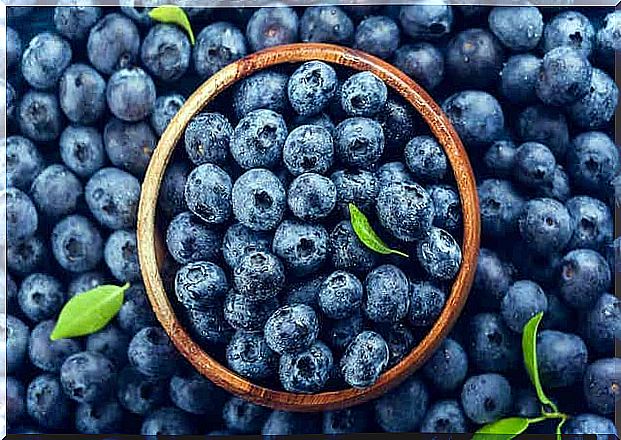
Blue color in different cultures
Note that the meaning of blue varies from culture to culture. Remember that its impact depends very much on the context.
For example, the Chinese are sometimes negative about the color blue because they associate it with pornography. This is because pornographic films are often referred to by them as “blue movies”.
In Belgium, blue is the color intended for girls. In South Korea, the color is associated with death, which makes it a mourning shade.
